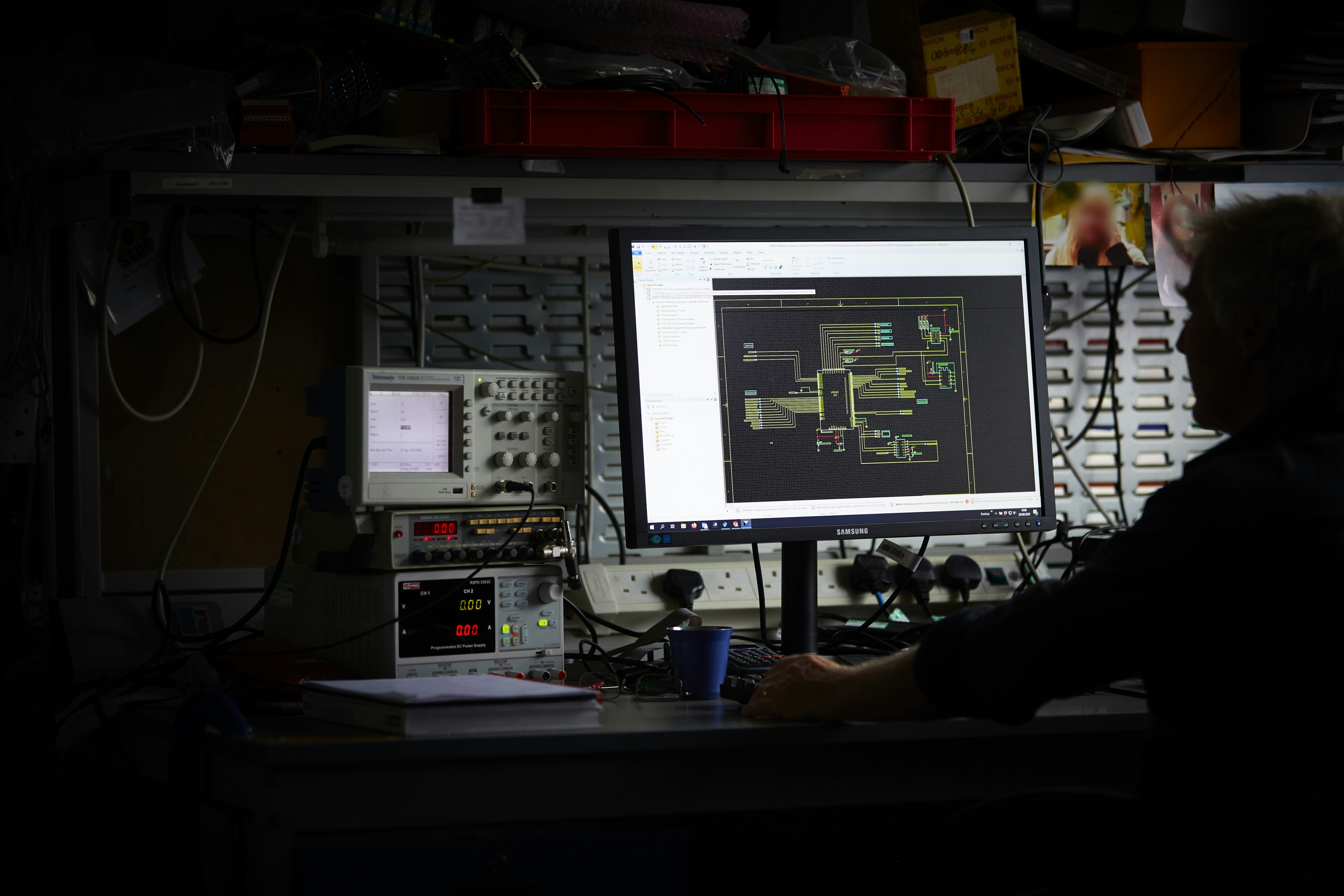Knowledgebase
Fast FID Principles
The flame ionisation detector (FID) is the automotive emissions industry standard method of measuring hydrocarbon (HC) concentration.
CPMA Animation
The CPMA uses opposing electrical and centrifugal fields to classify particles, with the ability to vary the electrical field and rotation speed to select different particle masses.
Animations
AAC Animation
The AAC may be thought of as translating the DMA into a rotating frame, where the electrical force on the particles is replaced by a centrifugal force.
CPMA Animation
The CPMA uses opposing electrical and centrifugal fields to classify particles, with the ability to vary the electrical field and rotation speed to select different particle masses.
DMS Animation
The DMS500 uses electrical mobility measurements to produce particle size / number spectra between 5 nanometres and 2.5 microns.
Learn
CLD Principle
A chemi-luminescence detector (CLD) is the industry standard method of measuring nitric oxide (NO) concentration.
DBD Principle
The OZY-GEN utilises the DBD principle to generate ozone (O₃).
Fast FID Principles
The flame ionisation detector (FID) is the automotive emissions industry standard method of measuring hydrocarbon (HC) concentration.
Flame photometry
Flame photometry can be used to track particles dispersion with high sensitivity and specificity.
LIF Principle
Laser Induced Fluorescence (LIF) is a rapid method for measuring the concentration of Nitrogen Dioxide (NO₂)
NDIR Principle
Non-Dispersive Infra-Red (NDIR) detectors are the industry standard method of measuring the concentration of carbon oxides (CO & CO₂).
The DMS500 with CSA
A webinar given by Dr Jon Symonds on how the combination of the DMS500 with the Catalytic Stripper Accessory (CSA) gives the market leading fastest possible measurements of solid particulate size, number and mass, above or sub-23 nm, for Euro 6, Euro 7 and beyond.
What is Aerodynamic Diameter?
The AAC classifies particles by their aerodynamic diameter. But what is aerodynamic diameter?
Tutorials
AAC Tutorial
A practical tutorial on the Aerodynamic Aerosol Classifier, presented by Dr Jon Symonds, originally produced for the virtual AAAR conference 2020. Includes taking data, and cleaning.
NDIR Cleaning Video
Guide to cleaning the sample head of a Cambustion NDIR500 fast CO & CO₂ analyser.
Need more information? Connect to an expert
